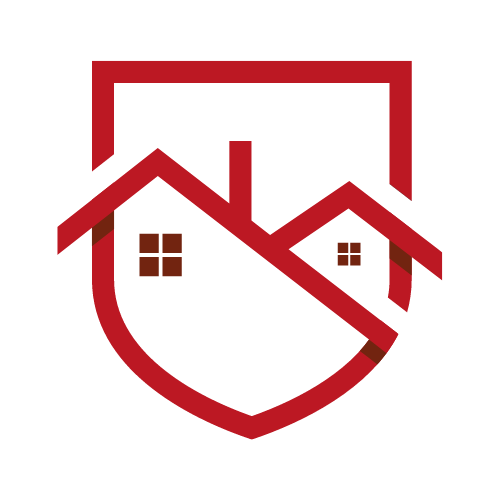The Rise of SaaS and Security: Managing Cloud-based Tools in the Office

Summary: Analyzes the security implications of the growing use of Software as a Service (SaaS) in the modern office and offers guidance on managing these risks.
Introduction:
Software as a Service (SaaS) has revolutionized the modern workplace, offering cost-effectiveness, scalability, and ease of use. Today, businesses of all sizes leverage cloud-based tools for various functions, including communication, project management, and data storage. However, the rise of SaaS also brings new challenges to office security. This article explores these challenges and offers strategies for managing and securing SaaS tools in the office environment.
Understanding the SaaS Landscape:
SaaS platforms provide software over the internet on a subscription basis, eliminating the need for hardware installation and maintenance. While this model offers significant benefits, including remote accessibility, automatic updates, and scalability, it also introduces new vectors for potential security breaches. These include data leakage, unauthorized access, and compliance concerns.
Managing and Securing SaaS in the Office:
Ensuring the secure use of SaaS tools involves both technical measures and sound management policies:
- User Access Control: Ensure that only authorized employees can access your SaaS platforms. Implement strong authentication measures and limit privileges based on roles and responsibilities.
- Data Encryption: Encryption should be implemented for both data at rest and data in transit to protect sensitive information from unauthorized access.
- Regular Audits and Monitoring: Conduct regular audits to identify any security vulnerabilities and monitor user activities to detect and respond to any suspicious actions.
- Security Awareness Training: Employees should be educated about the security risks associated with SaaS platforms and trained on safe practices, including password hygiene, recognizing phishing attempts, and reporting suspicious activities.
- Vendor Assessment: Before selecting a SaaS provider, conduct a thorough assessment of their security measures. This should include examining their encryption methods, compliance certifications, and data breach response plans.
- Data Backup: While many SaaS providers offer data backup, it's prudent to maintain your own backup of critical data to safeguard against data loss.
Conclusion:
The rise of SaaS has undeniably changed the landscape of office tools, bringing a host of benefits along with new security challenges. By adopting robust security measures and maintaining sound management policies, businesses can reap the benefits of SaaS while ensuring their data and systems remain secure. As the adoption of SaaS continues to grow, a comprehensive approach to security management will become increasingly crucial in the modern office environment.





